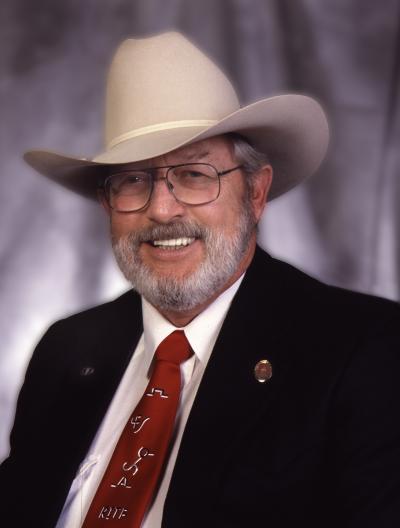Jerry G. Schickedanz is Dean Emeritus at New Mexico State University.
[The Federal Newswire] The Bureau of Land Management is sidestepping Congress to rewrite rules that govern how federal lands will be managed. If the new BLM rules go unchecked, the government’s priority on so-called multiple-use and sustained yield management policies will be replaced in favor of policies that put conservation and restoration first.
There is a larger reason for this approach. The new policy fits with the Biden Administration’s plan to ensure that the federal government will take possession of 30 percent of all United States land and water by 2030. The Administration’s ‘30×30’ plan was tailored for the Administration from a United Nations mandate by the progressive Center for American Progress, a DC-based think tank that advances a pro-Green-first agenda.
The United States has historically balanced environmental interests on federal lands with the additional interests of local communities that rely on the lands for grazing and other uses. In 1924, Congress passed the “Taylor Grazing Act” to “stop injury to public grazing lands by preventing over-grazing and soil deterioration,” but also “to provide for orderly use, improvement and development, to stabilize the livestock industry dependent upon the public range.”
This was the beginning of “multiple-use management” where the Act provided for livestock grazing rights, as well as for recreational hunting and fishing, propagation of wildlife, erosion and flood control programs, water development and general land improvement.
In 1946, Congress passed a law to combine the functions of the General Land Office and the Grazing Service to become the Bureau of Land Management. The new BLM Director, Marion Clawson, further developed the philosophy of multiple-use management as “a system under which the same area of land is used simultaneously for two or more purposes, often by two or more different persons or groups.”
The statute directed the BLM to classify federal lands as intended for either disposal, or to be retained for domestic grazing, fish and wildlife development and utilization, industrial development, mineral production, occupancy, outdoor recreation, timber production, watershed protection, wilderness preservation, or preservation of public values that would be lost if removed from federal ownership.
During the Eisenhower Administration, BLM Director Edward Woozley continued the multiple-use policy to include cooperation with private enterprise to support activities that would benefit local, state and the national economies.
Later, the “Multiple-Use Sustained Yield Act of 1960” authorized the Secretary of Agriculture to apply the multiple-use and a new “sustained yield” approach to management of outdoor recreation, range, timber, watershed, and fish and wildlife on National Forest Lands. The Act defined multiple-use as ”the management of all the various renewable surface resources of the national forests so that they are utilized in the combination that will meet meet the needs of the American people; making the most judicious use of the land for some or all of these resources…..”
The Act named a set of multiple uses, stated that no specific use could dominate, and further stated that a high level of annual output should be maintained without impairment of the productivity of the land.
Four years later, the “Classification and Multiple Use Act of 1964” added the Department of Interior’s public lands under the multiple-use and sustained yield requirements.
The “Federal Land Policy and Management Act of 1976” (FLPMA) codified BLM’s mission of multiple-use and sustained yield on federal lands. The Act reinforced the requirement that federal lands be managed “so that they utilize the combination that will best meet the present and future needs of the American people.” It also reiterated that management should serve to protect “recreation, range, timber, minerals, watershed, wildlife and fish, and natural, scenic, scientific and historical values.”
FLPMA also provides a method to protect lands that have historic, cultural, scenic or other remarkable value under the designation and title of Areas of Critical Environmental Concern (ACEC).
It is clear that Congress has intended since 1924 to balance conservation interests with productive multi-uses of federal lands. The BLM’s proposed new rules will bypass Congress to change this mandate. No agency should be allowed to change 100 years of management principles for our shared lands simply because Congress is not paying attention.
Congress should ensure that the proposed rule is withdrawn, and that any such drastic change in our federal lands policy passes through the same deliberative process as the laws that have served our nation—and its landowners, the American people—so well.


